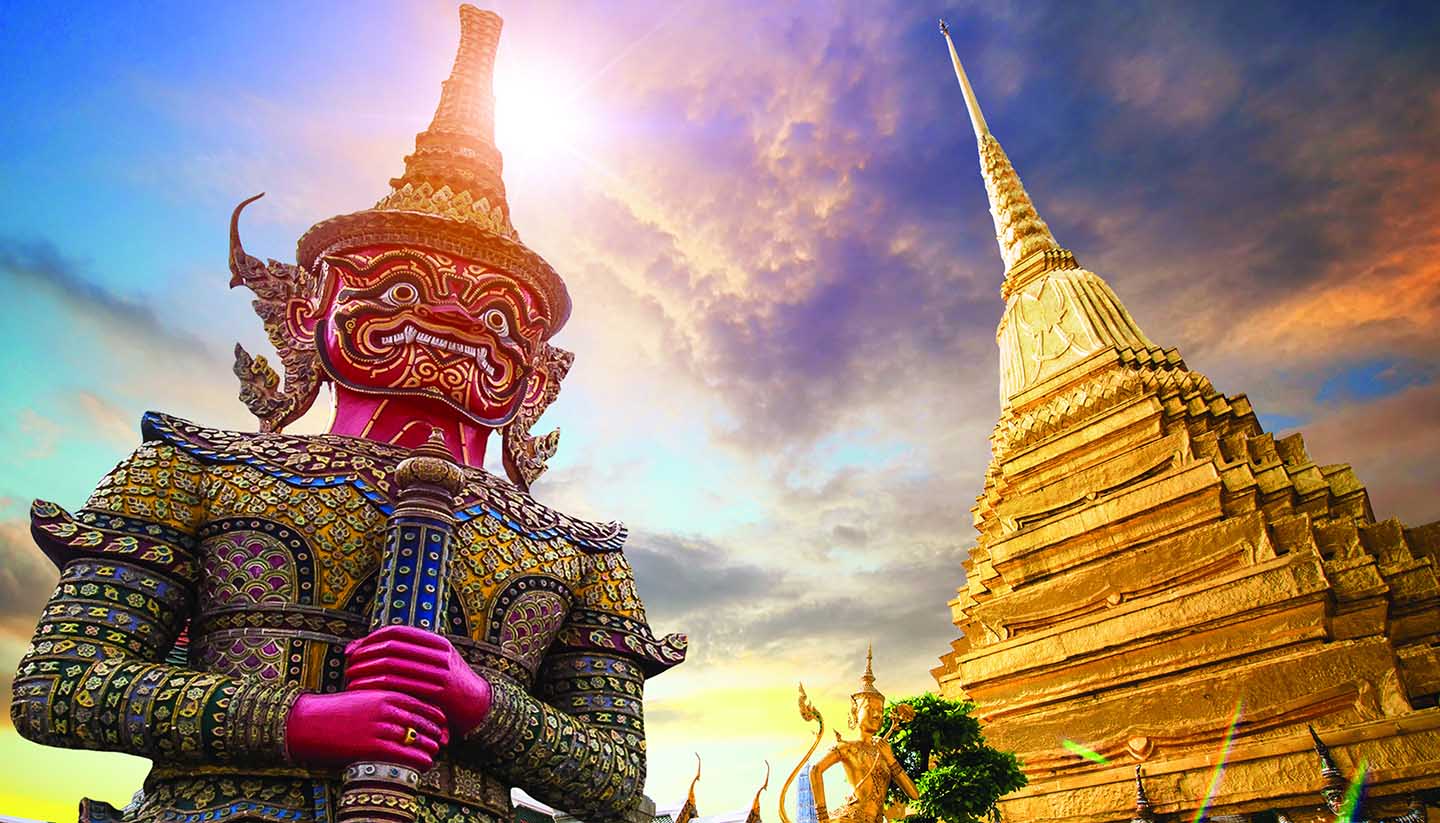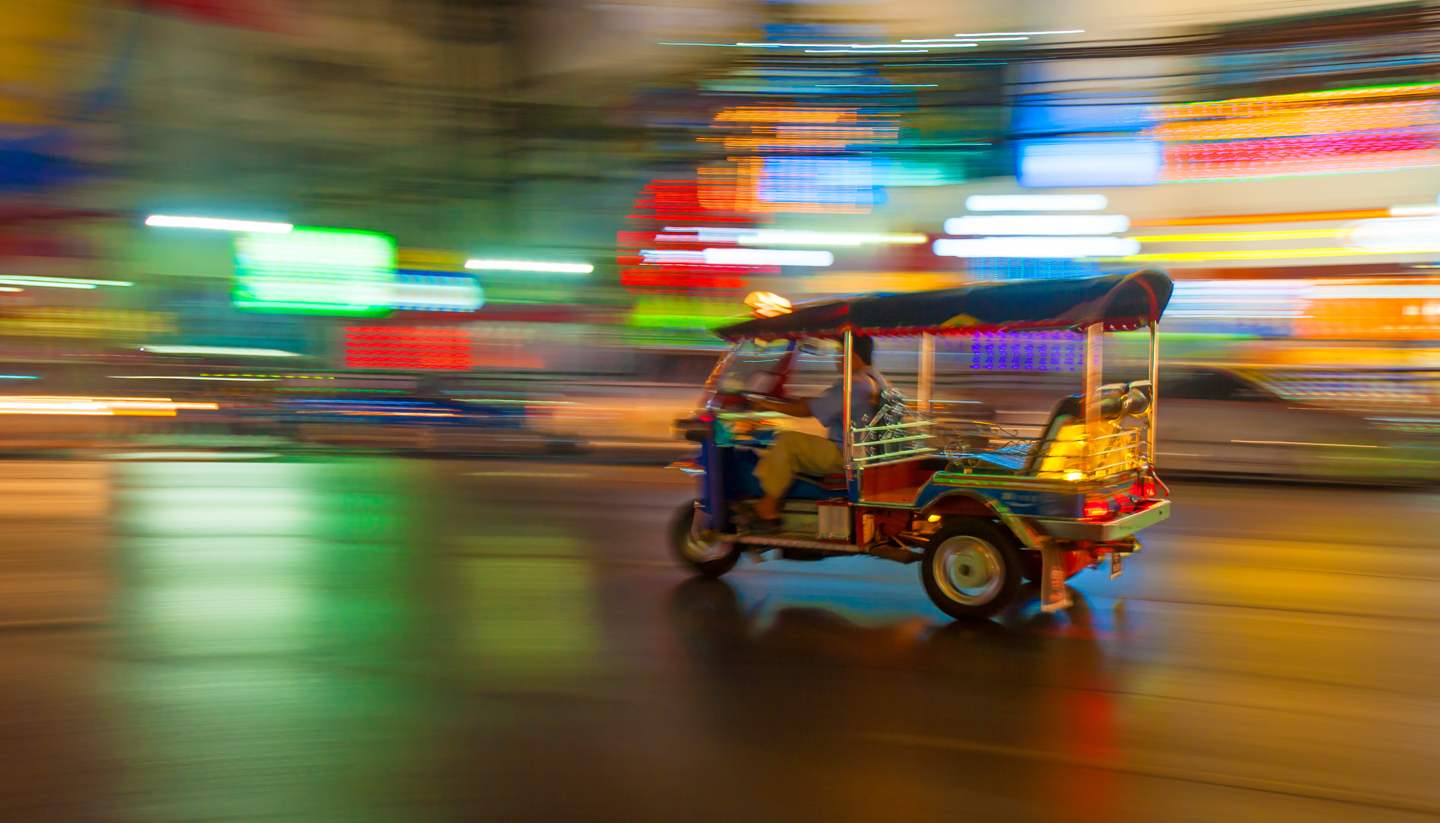Bangkok History
Bangkok has been on one heck of an economic and political rollercoaster ride.
It started out as a quiet farming and trading community on the banks of the Chao Praya river, but grew in the 15th and 16th centuries, when a new waterway was created, easing the passage of ships up the river.
When Bangkok became the Thai capital in 1782, the town was mainly inhabited by Chinese merchants and customs inspectors.
The growth of the city started with the construction of Wat Phra Kaew. Defensive moats were dug, canals built and a city wall erected. Bangkok soon became a hub for Chinese trading ships.
King Mongkut (Rama IV) and his son King Chulalongkorn (Rama V) modernised the city in the 1850s, adding roads and railways.
By the end of the 19th century, the population had swelled to around 500,000 and Thailand was successfully fending off interest from colonial powers.
Bangkok expanded east and north in the 20th century. The first bridge over the river (Memorial Bridge) was built in 1932, the same year an absolute monarchy was replaced by a constitutional monarchy.
Following Japanese occupation during WWII, the 1950s saw a period of political turmoil in Thailand, with several coup d’états.
Come the 1960s, Thailand’s fortunes rose. Yet the country wavered between civilian and military rule over the next decades.
Thailand’s economy spectacularly crashed in the 1990s and it was only after tough reforms that Bangkok’s economy started to pick up again.
The 21st century hasn’t been smooth either. In 2006, a bloodless coup overthrew Prime Minister Thaksin Shinawatra, who was accused of corruption and who now lives in self-imposed exile.
Anti-government demonstrations took place in 2008 amid calls for reform. But in 2011, Thaksin’s sister, Yingluck Shinawatra, was elected PM, then ousted three years later.
Since then, the reins of power have been in the hands of the military.
Did you know?
• Red Bull was inspired by a Bangkok creation called Krating Daeng.
• Though many are now filled in, Bangkok’s khlongs (canals) earned it the nickname ‘Venice of the East’.
• In Thai, Bangkok is known as Krung Thep.



